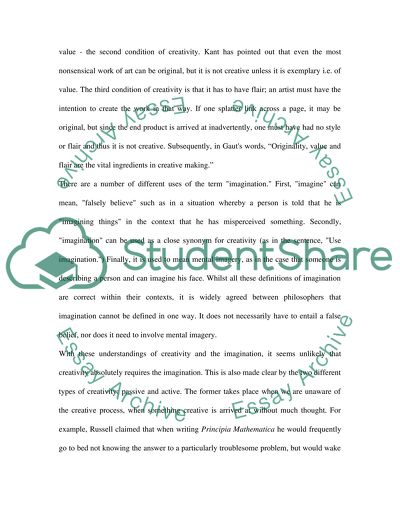Cite this document
(Imagination: A Way to the Creativity Literature review, n.d.)
Imagination: A Way to the Creativity Literature review. Retrieved from https://studentshare.org/philosophy/1550699-continental-philosophy
Imagination: A Way to the Creativity Literature review. Retrieved from https://studentshare.org/philosophy/1550699-continental-philosophy
(Imagination: A Way to the Creativity Literature Review)
Imagination: A Way to the Creativity Literature Review. https://studentshare.org/philosophy/1550699-continental-philosophy.
Imagination: A Way to the Creativity Literature Review. https://studentshare.org/philosophy/1550699-continental-philosophy.
“Imagination: A Way to the Creativity Literature Review”. https://studentshare.org/philosophy/1550699-continental-philosophy.


